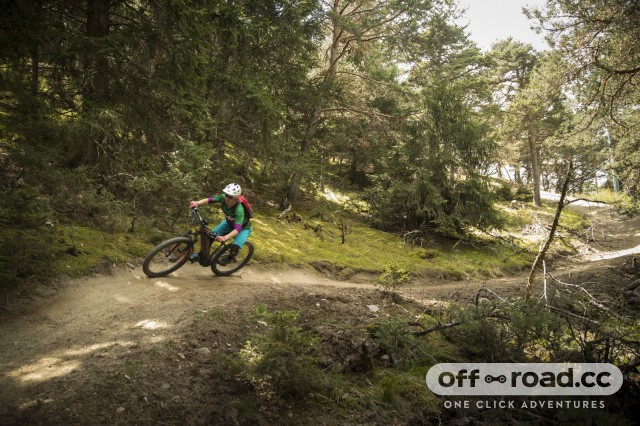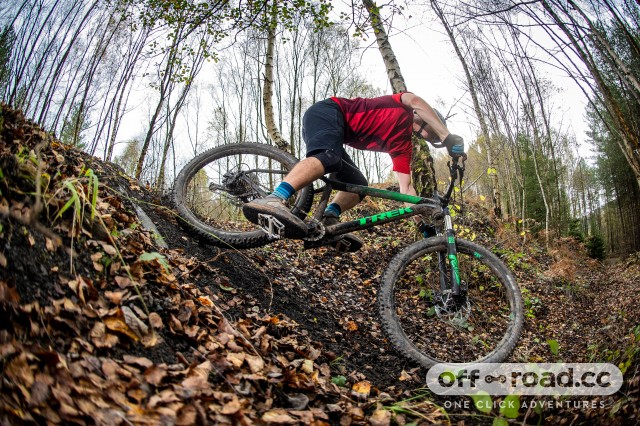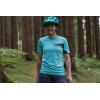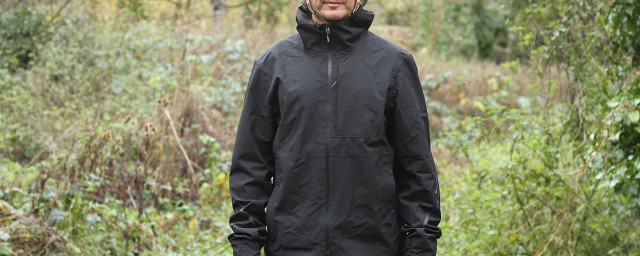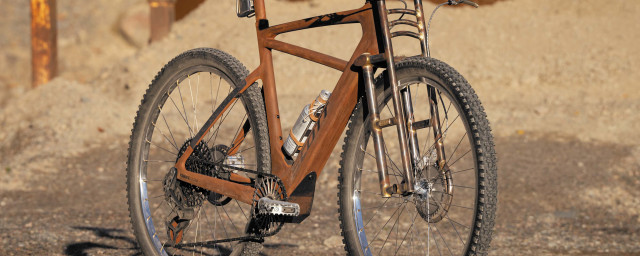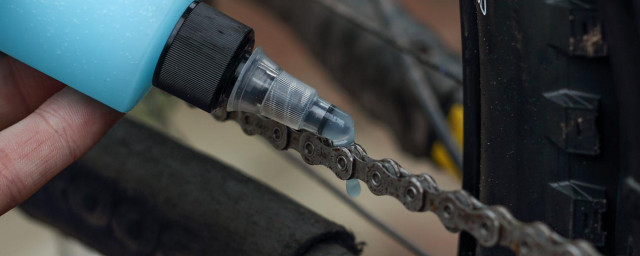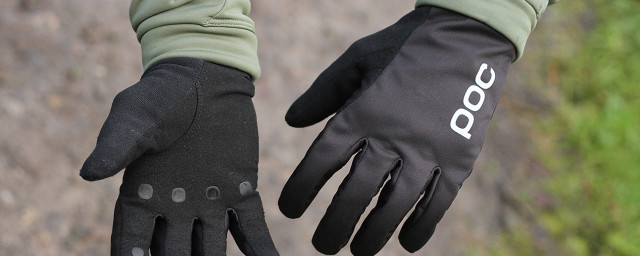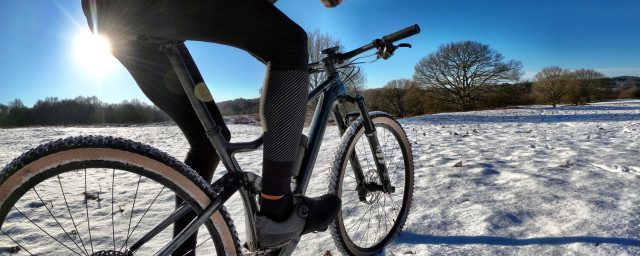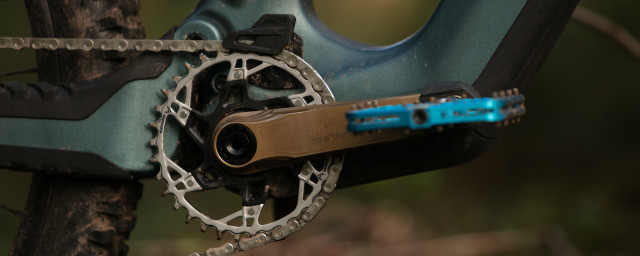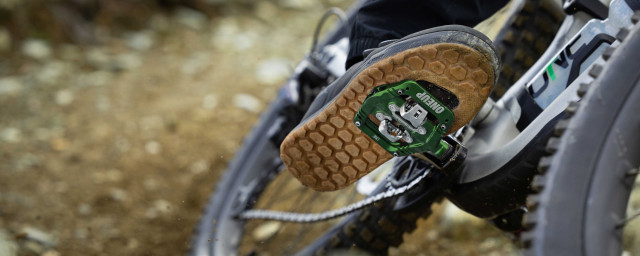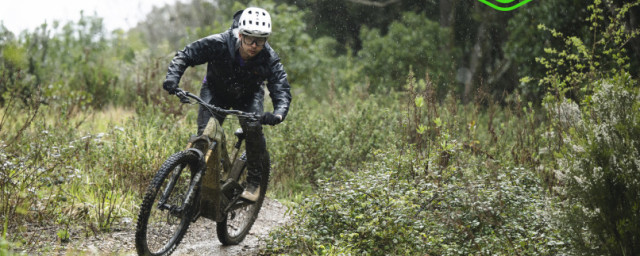Six tips for riding dusty trails - make the most of dry singletrack this summer!

We’ve been subject to some great weather lately, the UK as a whole is being baked dry as we type so we thought it was high time to revisit some trail basics to make sure you can handle the dry conditions, because dry and super dusty trails can often be just as hard to ride as the slippery slop we're usually more familiar with.
- Make 12 gears out of 11 with e*thirteen
- 11 tools every home bike mechanic should own
- Five MTB set up mistakes to avoid
1. Look ahead
As it's dry and you’ll be full of summer stoke, you’ll be riding a lot faster! Not only that though, dry ground is usually harder and therefore there is less rolling resistance meaning you’ll be travelling quicker and picking up speed sooner after an obstacle. Remember to look ahead, and read the track in front of you as trail features will be upon you more quickly that you will be used to. Get your eyes up and be ready to react, then enjoy the speed! It’s great to be able to practice features at a higher speed than you might be accustomed to.
2. Heavy feet
As the trails dry out, they harden underneath with a loose top surface that can be super slippery. When riding, try to think about sinking your weight through your feet and heels - as if you had really heavy feet. This helps push the tyres into the ground and in turn, will give you more grip. Of course, there are also times when you will need to ‘unweight the bike’ still, for example over a rock garden, to preserve speed and tyre or rims. If you have problems keeping your feet on your flat pedals when the going gets a little rough then this tip will really help you.
3. Brake earlier
You might need to brake a little earlier when it’s super dry, just like you might when the trails are full of gloopy, wet mud. Reading the terrain further ahead of you will help you asses whether and when you need to brake in plenty of time. Braking earlier and more consistently, rather than grabbing hold of the lever hard at the last minute will mean that you are more likely to maintain traction and not skid or slip around on the loose top surface of the trail.
4. Keep your distance
Dust, glorious dust! We love dry trails as much as the next person but the dust they produce can hinder a good ride, especially if you are playing tail-end Charlie! Riding in the wake of other people with a face (and lungs) full of dirt isn’t fun, novel though it may be for the first few turns. It soon becomes a battle to see and will ultimately make the trail less enjoyable for you. Leave a bit more of a gap when riding in the dry so you have a clear view of the trail ahead and any mishaps your mates may have just had!
5. Drift
Drifting is a necessary part of summer riding so it’s best to get used to the feeling. You might find the bike sliding more often into corners and it will pay to get used to this and the point at which the tyre will grip again. Here it helps to have a good cornering technique, staying central on the bike, makes sure the outside foot is down to help weight the outside of the bike. As the bike slides, push down harder on this outside pedal, remember heavy feet! Practice this on a corner with some support, e.g a small lip or a berm first and then progress to flat corners.
6. Move your weight on the saddle when climbing
Maintaining traction with both wheels when climbing can be tough in the dust. Too much weight on the front of the bike and the back wheel will spin under power, too much weight rearward and the front end will want to lift or slide if you make any turns. To combat this you will need to play around with where you sit on the saddle when climbing. We find it is better to move our weight just slightly forward onto the nose of the saddle and then move our upper body forwards or backwards (more or less upright) to place weight through the hands and handlebars to help grip up front. This is a tip to employ all year round for efficient climbing.
Try new stuff out
Summer is a great time to try a few new things out, here's the one we think are worth a try:
Clip in
Whilst we said try flat pedals in the winter, now is the time to try clipping in for the first time. Dry trails mean that mud won’t get clogged on the cleat or the pedal itself so there will be fewer times that you will struggle to get ‘clipped in’. And whilst we have said that the trails can be slippery in the dry, they are on the whole, more predictable than during the winter. Not being taken by any nasty surprises by the going should give you plenty of time to get unclipped as you learn the new knack of setting down your feet!
Practice a tricky trail feature
Now is definitely the time to get to grips with that trail feature that has been troubling you. Roots and rocks will all be dry offering grippy surfaces and the best environment to learn a new skill or two or even just ride a section of track that has been haunting you all winter.
Wear goggles
Now this one will divide opinion! Will all this dust in the air, now could be the time to try the ‘enduro look’ and sport a half face lid and goggles. The fully sealed element of goggles is pretty good for stopping the dust getting behind them and in your eyes. Not convinced…… ah, well we tried! Truth be told, I’m not a huge fan either, goggles are just way too hot for the warm weather but I do appreciate them when I don't get crud up behind them!
